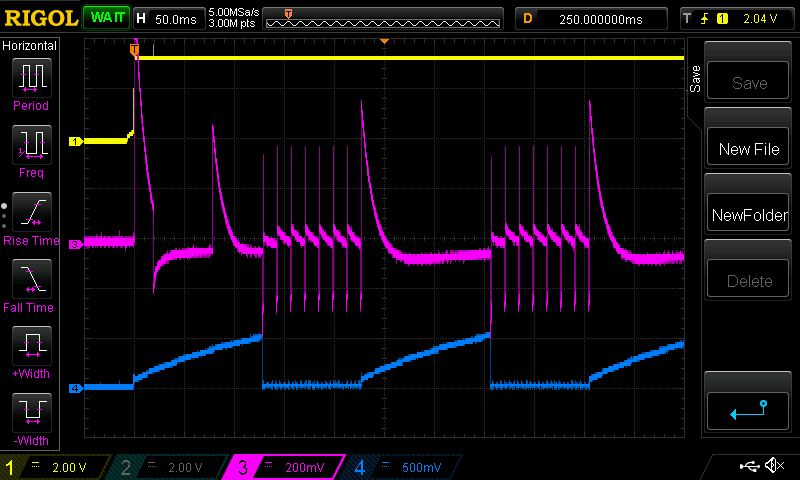Other Parts Discussed in Thread: 3220UFP-DGLEVM, , HD3SS3220
Dear TI Support,
I am testing a prototype board based upon the combination of the TUSB9261 DEMO and 3220UFP-DGLEVM evaluation boards.
When the board is plugged into a Type-C port capable of up to USB3.0 the board connects to the PC as a SuperSpeed device. When the board is plugged into a PC with a Type-C port capable of running at USB3.1 the board connects as a a High-Speed device. I have tested an actual 3220UFP-DGLEVM plugged into a TUSB9261 DEMO and this setup always connects at SuperSpeed regardless of the PC it is connected to.
I have looked at the debug logs on my design in both cases. When plugged into a USB3.0 port the TUSB9261 transitions from RX detect to POLLING. When connected to a USB3.1 port the TUSB9261 never goes into polling state and instead transitions into USB2.0 mode and enables the pull up on the USB2.0 line. This leads me to believe that the RX detect state is failing.
I have two main questions:
- Is there a way to get more debug information out of the TUSB9261 other than the information which is sent out by default?
- Do you have any ideas about what might be causing the TUSB9261 to connect at High-Speed on some PCs and SuperSpeed on others?
Thank you in advance for your help.
Kind Regards,
Peter Bouvy




